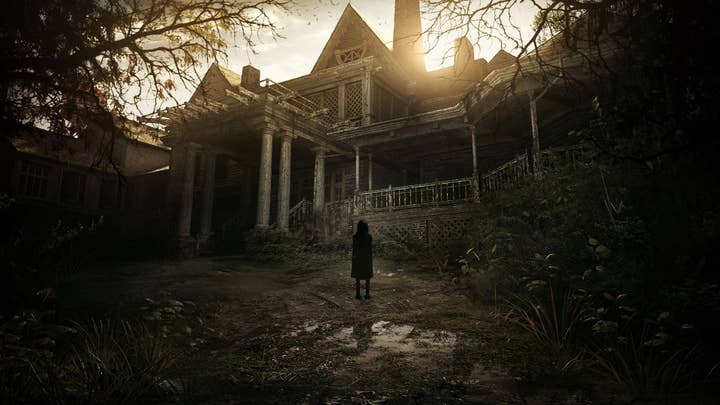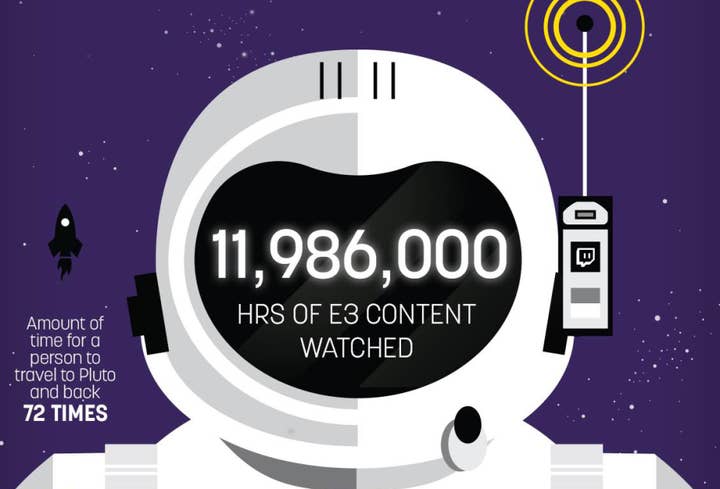Showing Off Your Best Assets
Olly McGowan of PressXtra.net on what makes for good publicity
Many people in the industry will remember - well, maybe not remember - the two-week post-E3 Californian road trips of the mid to late '90s, when print was the word, copy deadlines were monthly, and the definition of social media was reading the copy of CVG left in the work loo.
It was also the age when games publisher PRs had to post press releases to journalists- and the 'news' arrived one or two days after it was issued. Screenshots were mailed out on acetate and the office junior was sent to HMV to buy review copies on the day of launch because their allocation hadn't arrived in time to bike to The Face, Big Breakfast and SM:TV.
Fast-forward 20 years and everything has changed. Sending information and sharing assets has never been so easy, yet we're still twice as busy as we were when we manually processed everything. The reason is people want more, in more places, more of the time. The media choice available to a games company has changed beyond all recognition, and creative content is evolving with each game launch. But the basic principle of video games PR remains the same - be relevant, be simple, be nice.
Throughout the week of E3 2016, our team at PressXtra.net served over 7 Terabytes of asset data, comprising over 317,000 asset downloads to over 15,000 journalists across 116 countries. Fancensus, a leading industry media analysis service, reported around 538 games were either announced or on show at the event, with The Legend Of Zelda: Breath Of The Wild becoming one of the most talked about games on Twitter, and receiving the most front page website placements and website coverage throughout the week.

Other companies and campaigns we saw doing well across the week included Capcom, off the back of its showing at the Sony Press Conference for the newly announced Resident Evil 7: Biohazard. Knowing that, as part of the announcement, no assets could be available prior to the conference, Capcom created a plan of execution whereby as soon as the game was announced at the event, a small 'lite' press kit - easily uploaded internally and easily downloaded externally- was mailed to the inboxes of Capcom's entire press mailing list. Media writing up the story at the press conference, and across the globe, were greeted with a timely email from Capcom with a link to all the assets they would need. Capcom effectively removed any barriers to generating great media coverage - negating the need for media to search for the press site, remember their log-in details, and then having to fight for wifi at the show, to download bigger-than-needed assets.
"What do we like? Gameplay gameplay gameplay. Trailers are nice but gameplay footage is king."
Laura Skelly, PR Manager at Capcom, comments, "Resident Evil is, by its heritage, a game brand that's known by everyone and journalists regularly want to report on, but we definitely didn't want to leave our E3 media outreach to chance, and we knew that being part of one of the main show Conferences also meant that we would need to be secure and smart when teeing up our assets to send to media. This is the first year we've used this solution of delivering a lite show kit direct to media in real-time, and when analysing our post-show coverage, we can see that we've reaped the rewards as far as getting our news out there, in such a crowded market."
The most popular asset type to be downloaded across the show week was video with over 1,548 hours of footage downloaded across the five days. This tallies with Fancensus' findings that E3 content across YouTube received a staggering 300 million views across the five days alone.
We asked one media outlet about the importance of video within a campaign, and they commented, "These days it's all about video, and all about speed. To that end we have a team back home in our office recording and posting video direct from the conference streams because we'll get it up more quickly that way - usually assets don't appear until the end of the stream. Props this year to Ubisoft who released their video assets the moment they were shown on the stream, so we were able to use those rather than rip them.
"What do we like? Gameplay gameplay gameplay. Trailers are nice but gameplay footage is king."
E3 was specifically mentioned in the headline or an article body by a total of 553 websites, generating 26,312 articles between them, but with this much information flying around it's easy to see that however big the news you're shouting about is, if it's going to be old news by the time journalists have located the information and assets they need, then it's game over.
As part of our in-depth look at the way media received and reported news at E3 and across this year in general, we've researched and collated five pointers to make the most of a game's assets during any announcement, launch or event.
Quality Over Quantity
Keeping in mind that media will probably be working alongside the rest of the industry on the same hotel or conference wifi, it's really important to keep things simple. Journalists don't want to wade through 50 screenshots when five will do. The ideal press kit should comprise a factsheet or release, the game logo, a handful of screenshots, one artwork and a short trailer. Keeping images to a minimum also helps gain game / brand identity in a sea of coverage.
Love Video
As mentioned, video is by far the most popular asset in any campaign and the most popular format is the 60-second shareable YouTube link - we've found that a good trailer, in this format, issued five weeks before launch is downloaded and shared more than any other pre-release asset.
In our experience, ideally trailers should be concise and run for around 30-60 seconds, and provided in an MP4 format that doesn't exceed 300mb in total.
It's also always good to include a YouTube link to your trailer, as although some outlets like to add the trailer to their own media player, many prefer embedding directly to YouTube.
Picture Perfect
Images work better as JPG or PNG files because they retain their high image quality but can be opened in a range of applications. We'd also avoid sending out PSD, TIFF or other specialised image formats, as these are great for print media who specifically request them, but are too clunky for a general website to want or need.

Best In Show
Imagine how many press releases a journalist receives during a tradeshow, so you have to make sure yours is relevant and eye catching.
With regards to show assets, we always say that every game title should have its own standalone press kit so media don't have to trawl through titles that just aren't relevant for them. Above this, we would also say that every folder and image should always be clearly labelled with the game name and type of asset - it's annoying for media to have to play 'guess the asset'.
We'd also suggest, wherever possible, to have generic logins for events and shows so there's no need for the journalist to register and remember their details, resulting in less friction.
"Resident Evil is, by its heritage, a game brand that's known by everyone and journalists regularly want to report on, but we definitely didn't want to leave our E3 media outreach to chance"
Press kits and assets that work really well are those that work across all devices, so it's worth bearing in mind the user's journey if they're accessing these images on mobile or tablet, which again is often the case at shows.
Be Fashionably on Time
Although it's not always possible, the idea of getting assets out around the same time as the announcement itself is the best way to maximise on any potential coverage. The minute an announcement is live, media want the assets. It also goes without saying to never send any images at the beginning of the conference, as they'll be on social media before they're even revealed.
In summary, although Gamescom is only weeks away there's still time to look at how to best execute the distribution of your content - and however you choose to distribute your campaign collateral - keep it relevant, keep it simple and keep it safe.
PressXtra.net is a subsidiary of Indigo Pearl, responsible for building and managing press sites for over 50% of the games industry including Sony, SEGA, Ubisoft and Bethesda.
